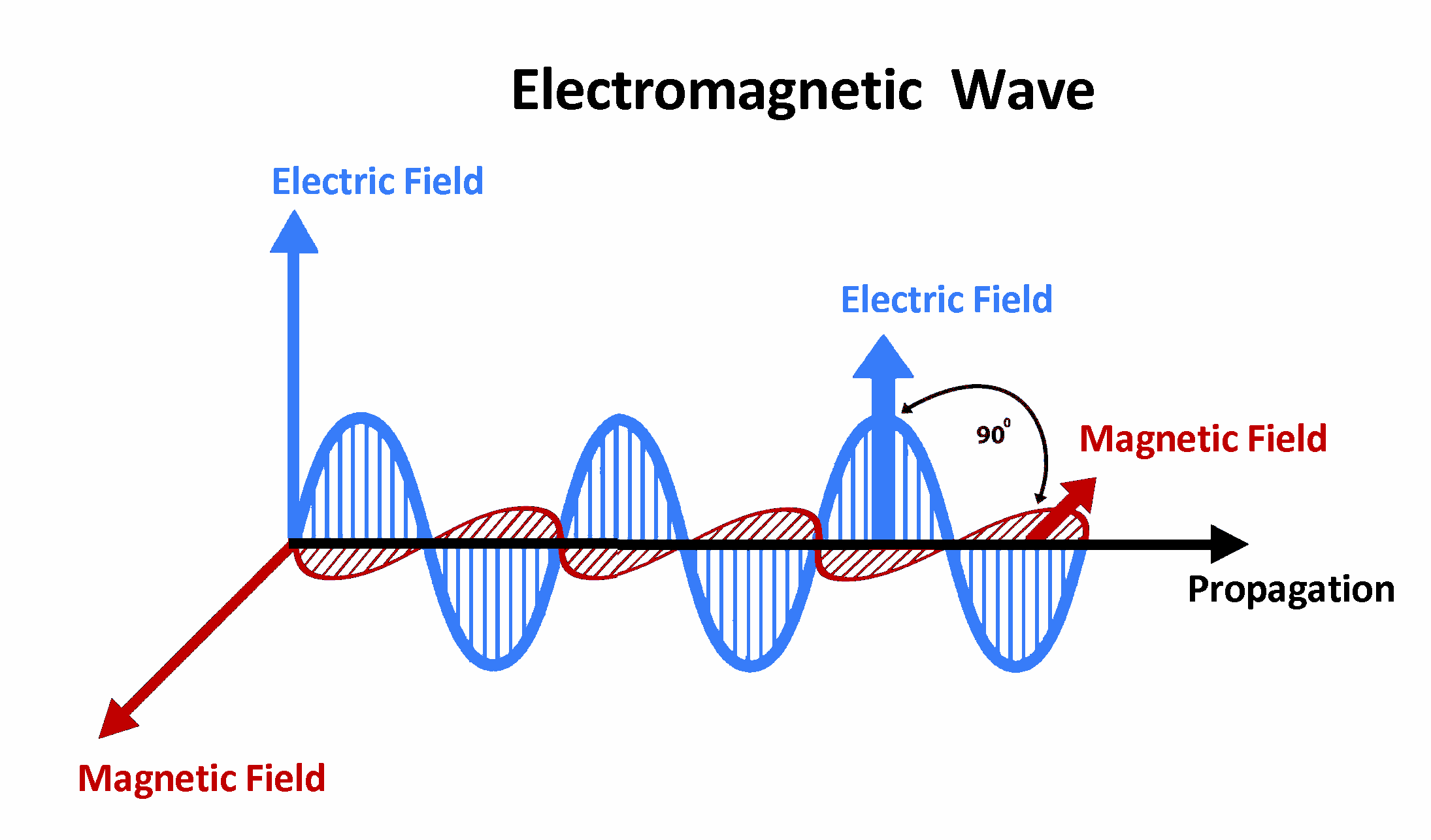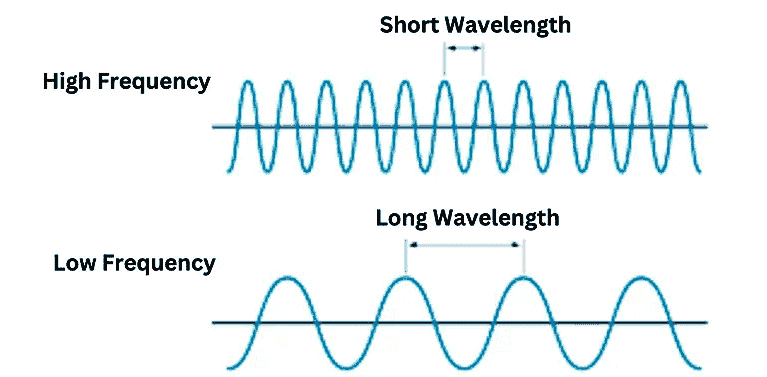
 What is Radio Propagation?
What is Radio Propagation?
Radio propagation describes how radio waves travel from a transmitter to a receiver. These waves, a form of electromagnetic radiation, consist of oscillating electric and magnetic fields that move through space at the speed of light.
Frequency (f): Cycles per second (Hertz, Hz).Wavelength (λ): Distance between successive wave crests.
Formula:
c = f*λ, where c is light speed.
The path a radio wave follows is shaped by its wavelength and the environmental conditions it encounters. This is why different radio services—such as FM broadcasting, mobile communications, and shortwave transmissions—are engineered to operate under varying propagation characteristics.
As radio waves traverse the atmosphere, they interact with physical obstacles like buildings, hills, and trees. These interactions can alter their behavior, leading to reflection, refraction, diffraction, scattering, or attenuation, depending on the properties of the surrounding environment.
For example, when a radio wave encounters an obstacle like a building, it can bounce off the surface and reflect in multiple directions, causing the signal to be received at different locations. This is known as reflection.
Radio waves can also be refracted, which means they bend slightly due to changes in the density of the atmosphere, causing the signal to be received in multiple locations.
The ability of radio waves to propagate through different types of environments is important for many applications, including wireless communications, navigation systems, and remote sensing.
shows near-real-time indices and explains what the terms mean.


